 |
Motor Submarine Chaser Squadron One
|
|
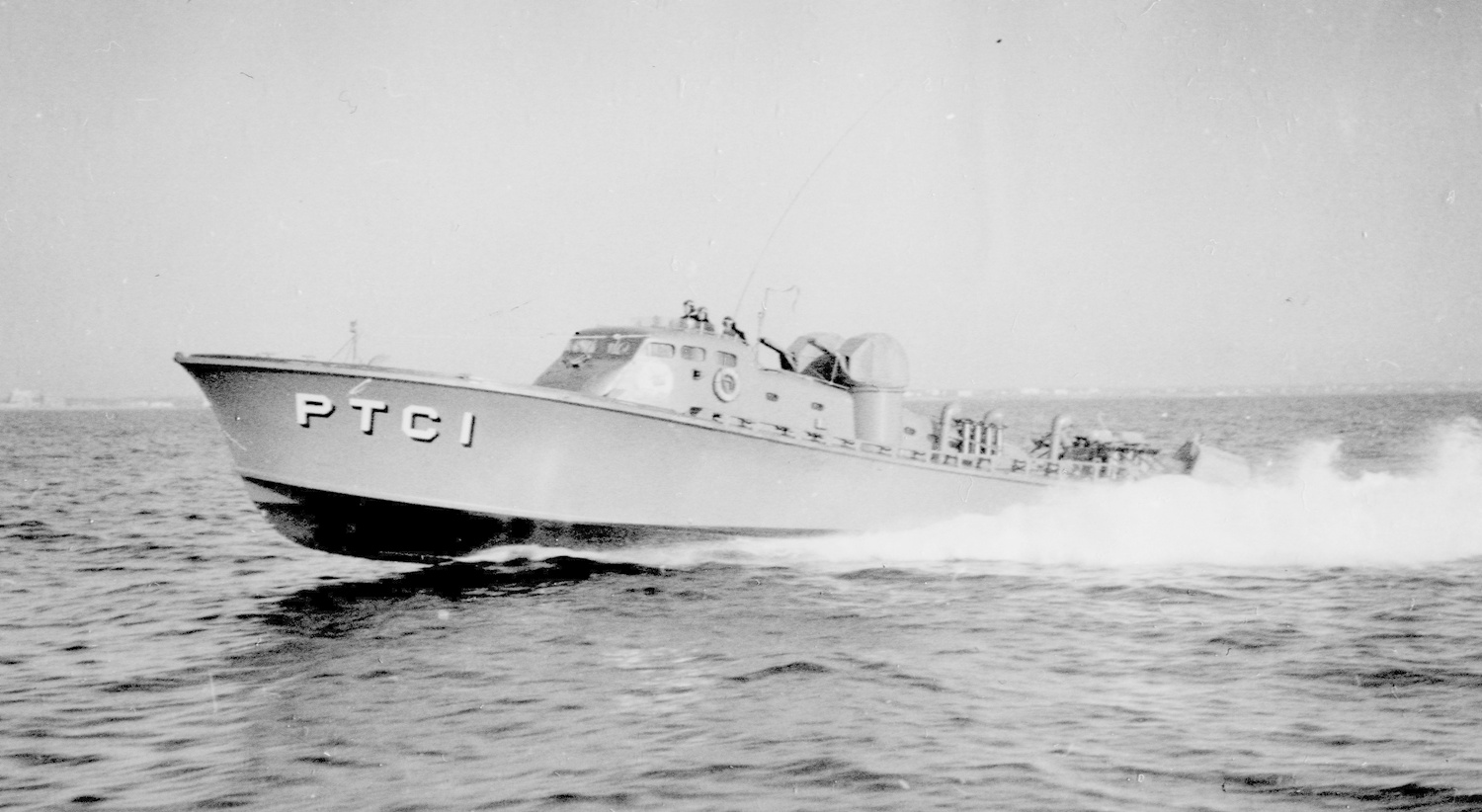
Concurrent with the first batch of Elco 70-foot PT boats (PT’s 10-19), the U.S. Navy also ordered twelve boats to be fitted out as submarine chasers, or PTC’s. These boats were the same as their torpedo-boat sisters, but the PTC’s would carry twenty-four depth charges instead of torpedoes. Six charges would be carried in racks on the stern, while four more charges could be carried in two Y-guns located forward of the stern racks. Reloads were carried on rails that ran alongside the port and starboard deck edge.
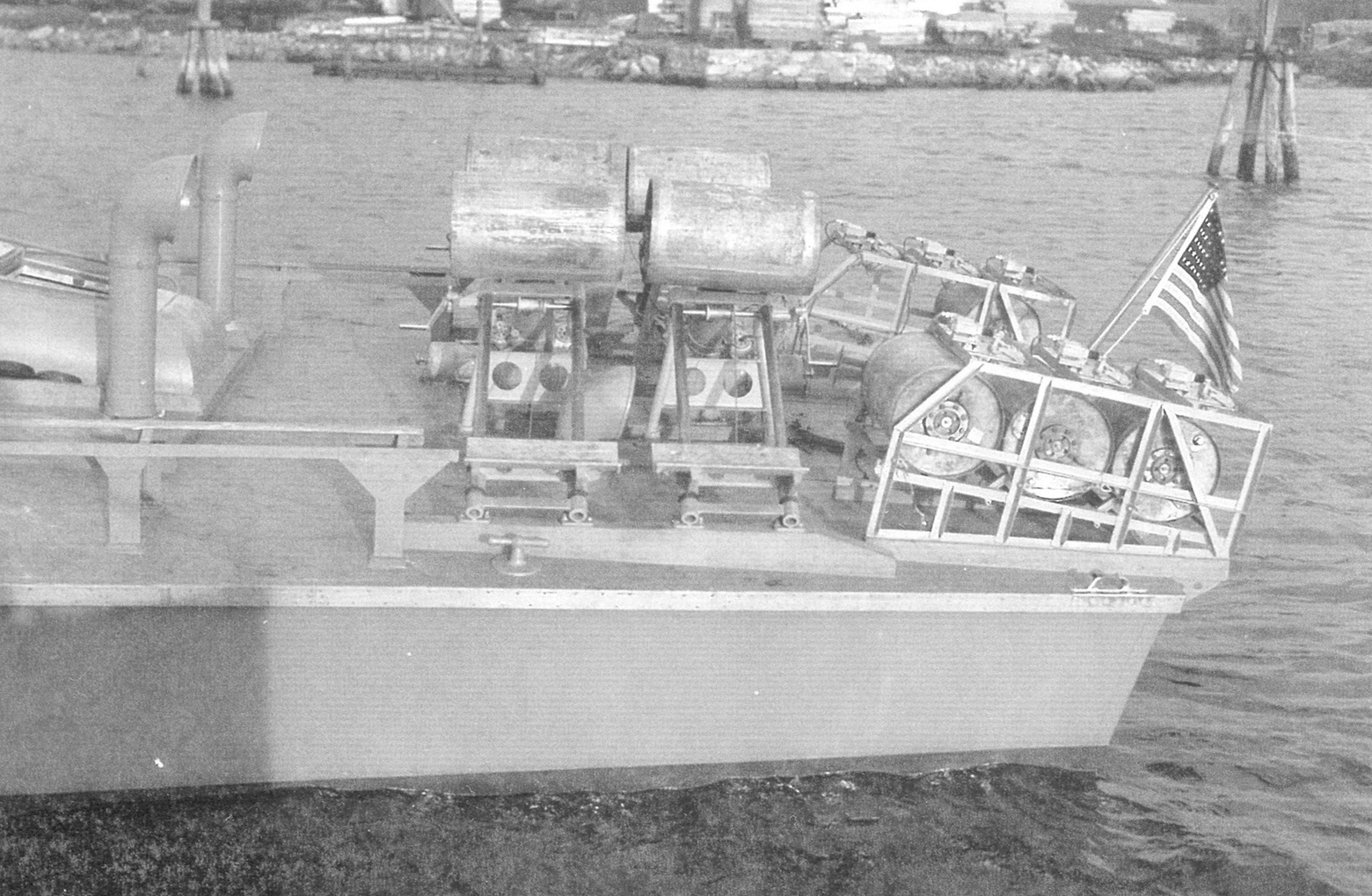 |
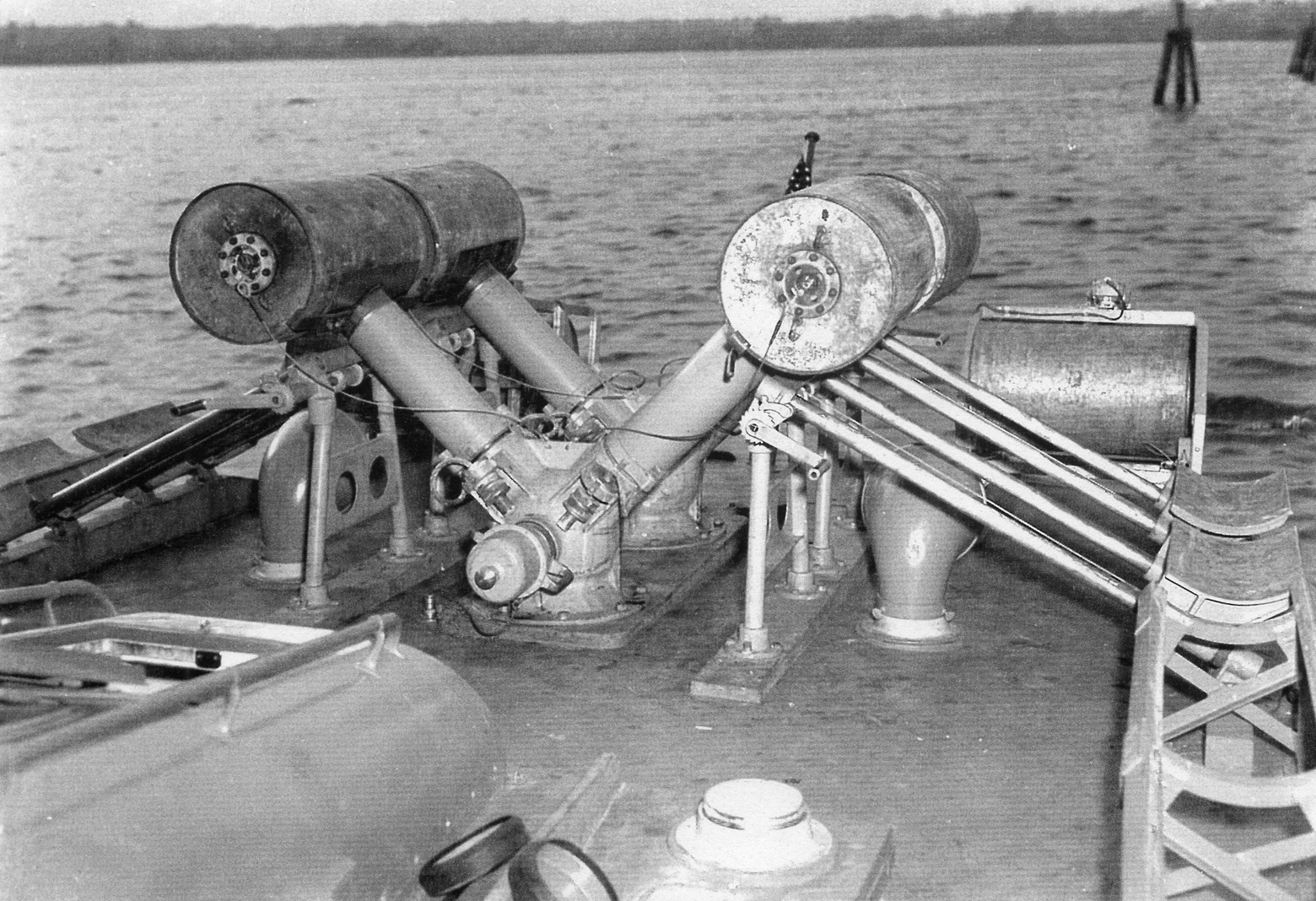 |
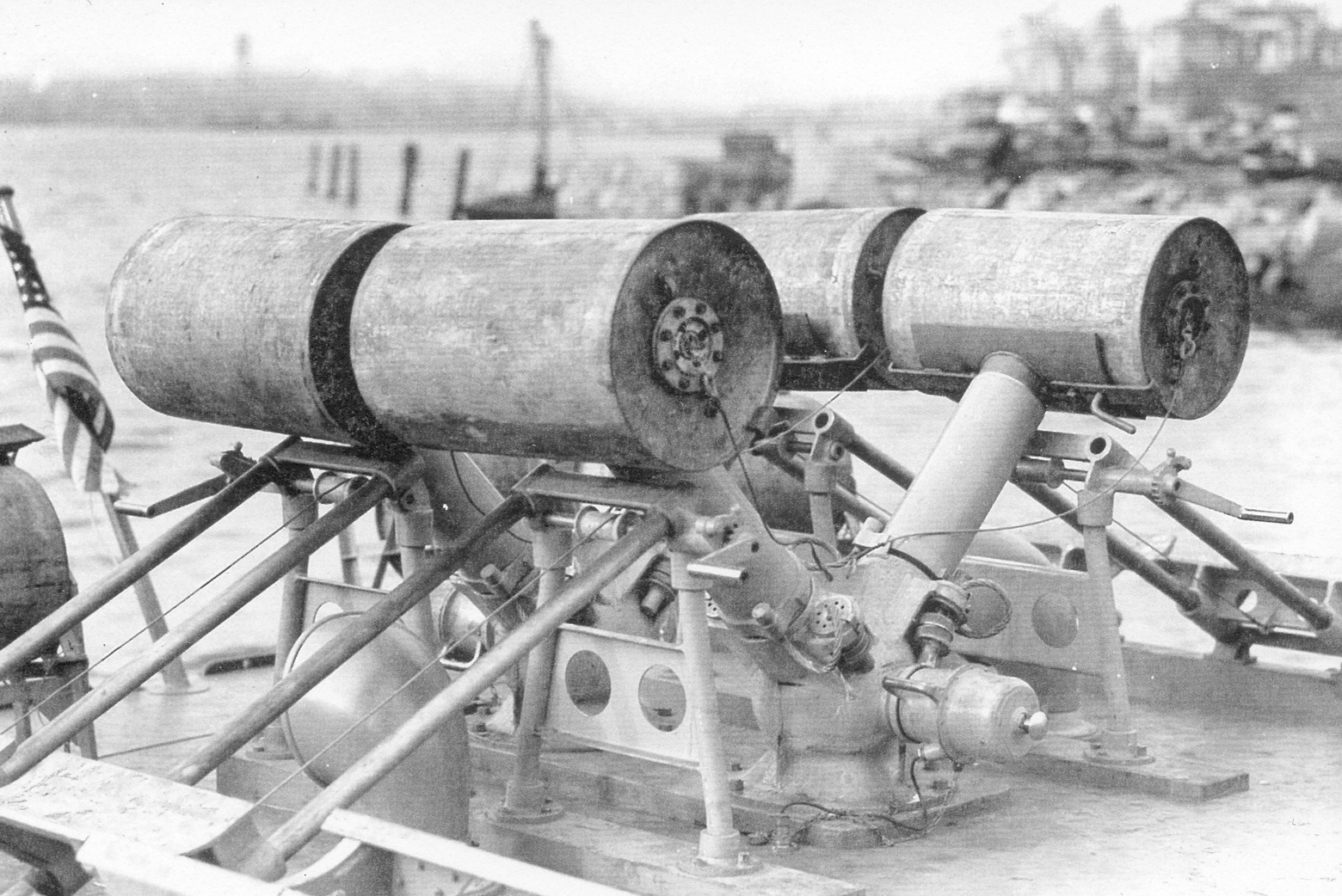 |
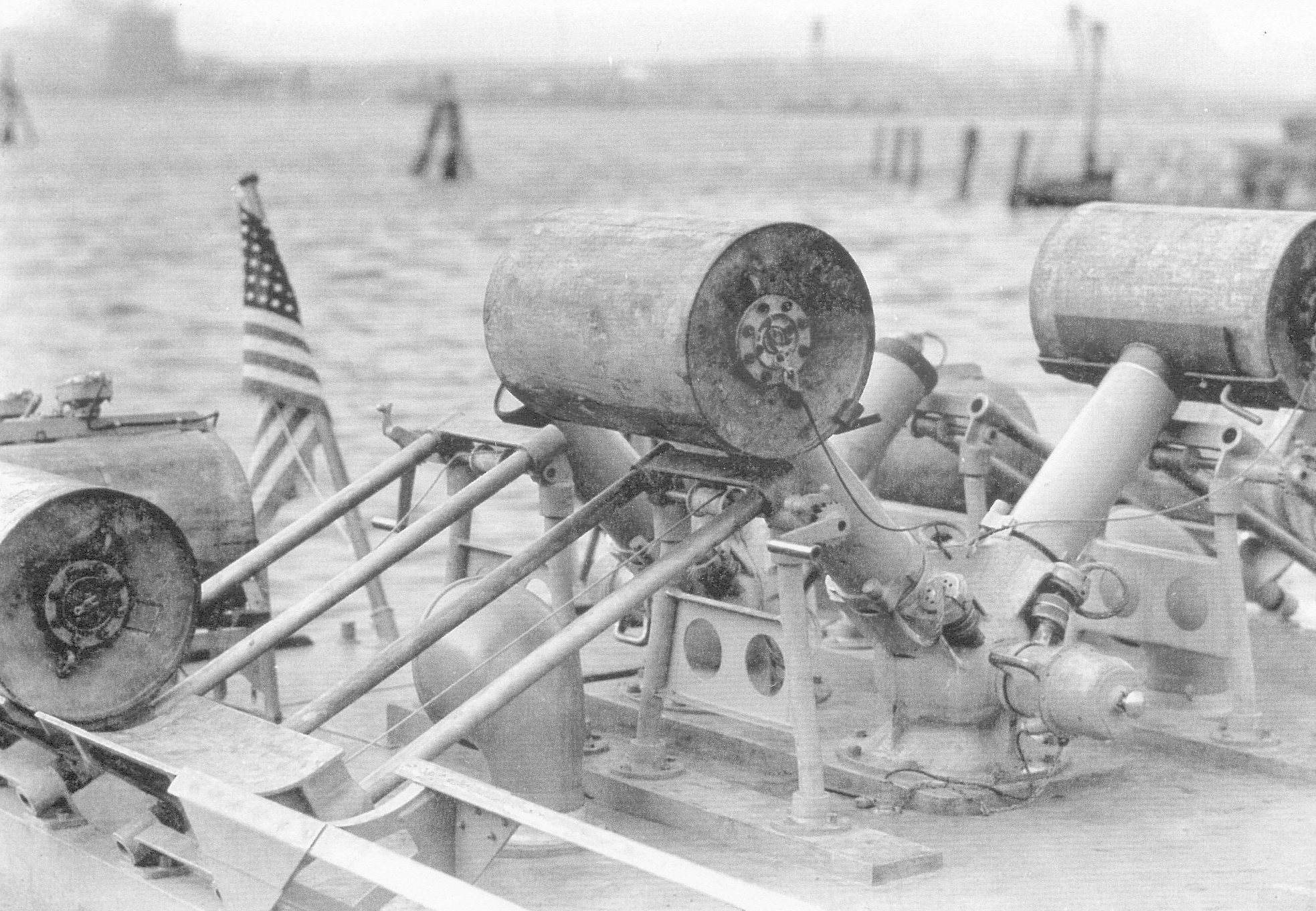 |
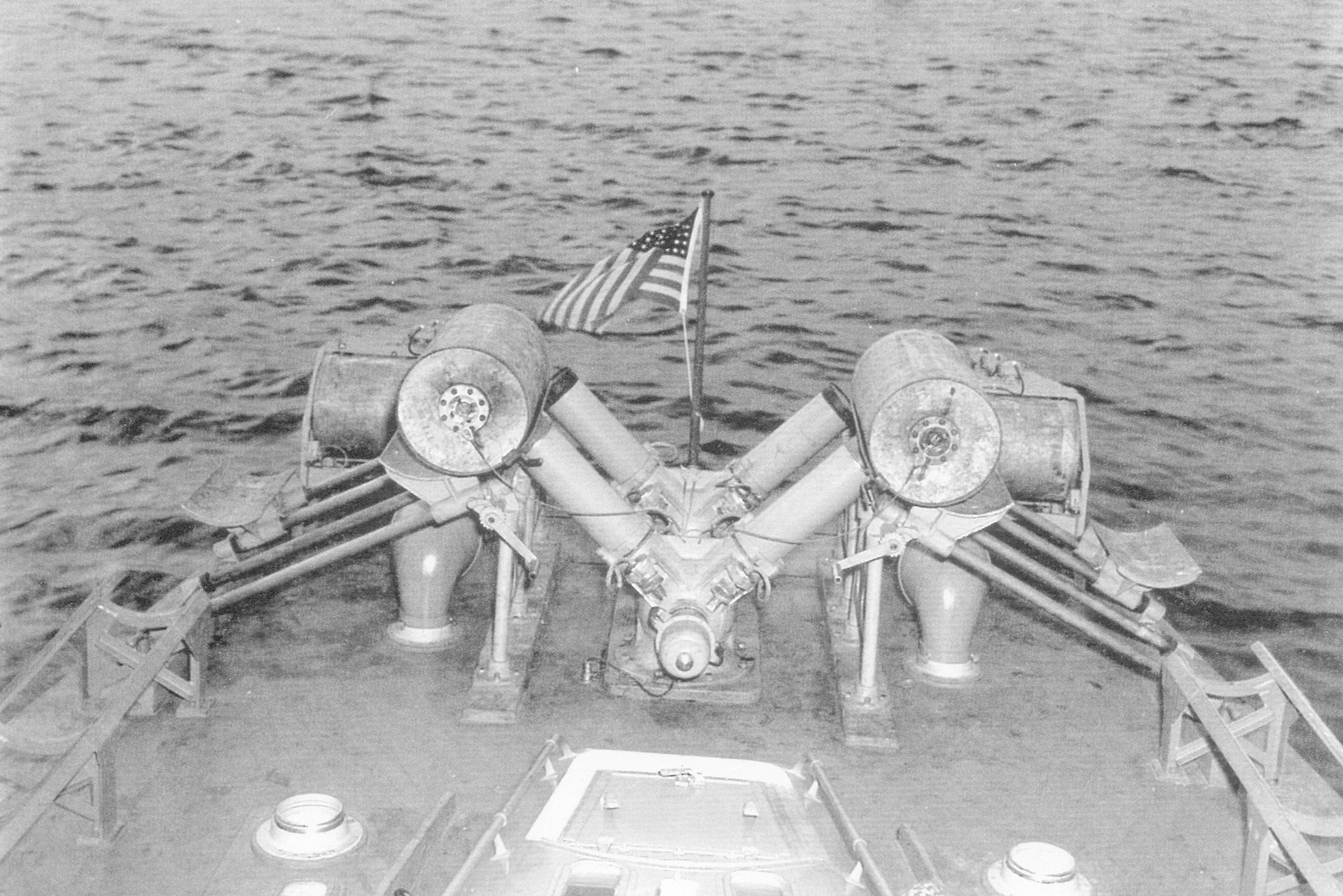 |
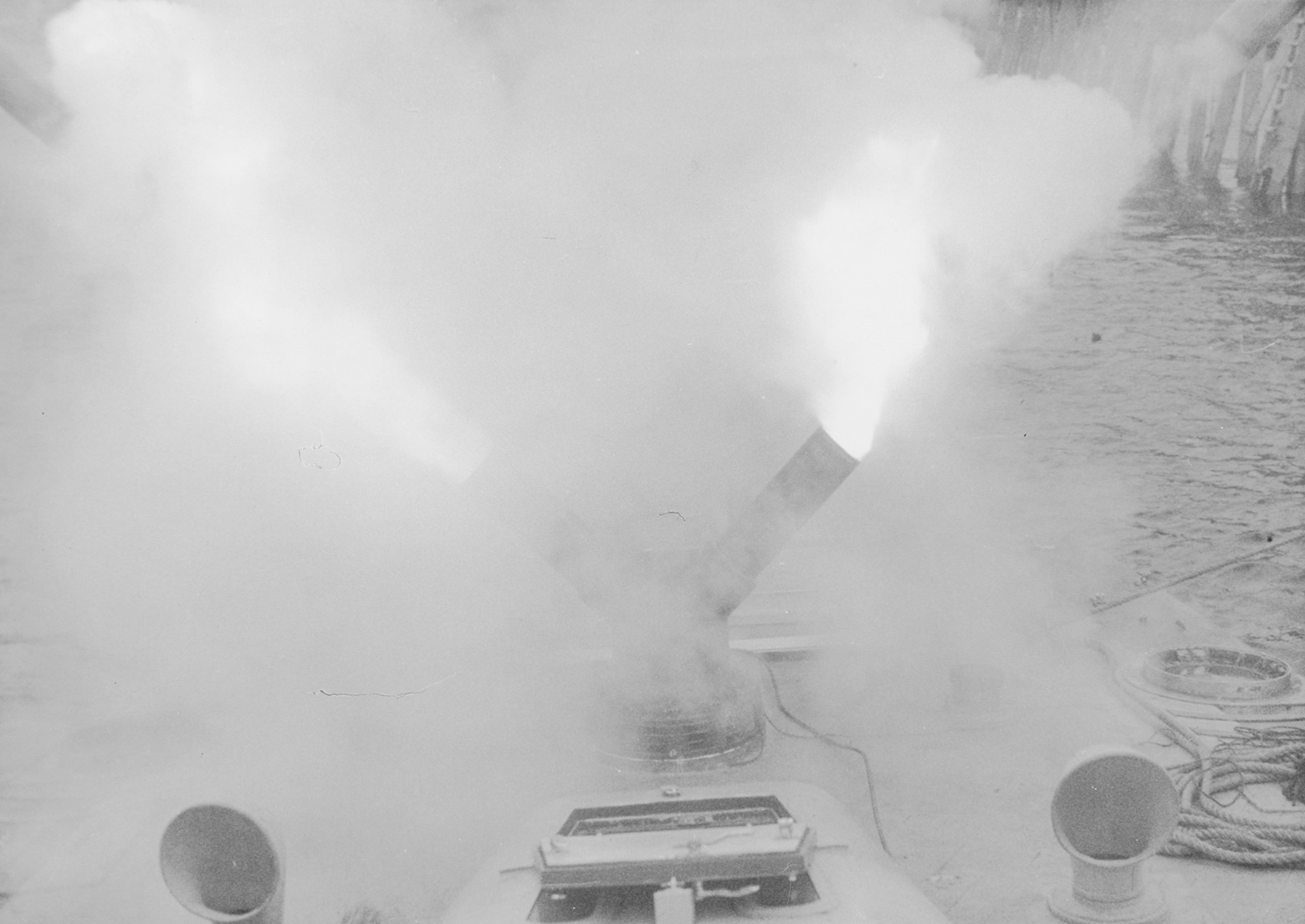 |
The boats were placed in service with Motor Boat Submarine Chaser Squadron One, commissioned on February 20, 1941, with Lt. j/g John D. Bulkeley as squadron commander. As the squadron was fitting out in New York, PTC’s 5 through 12 were transferred to the British under Lend-Lease on April 4, 1941, and were to be converted to motor gunboats (MGB). In the meantime, PTC’s 1 to 4 went to the Washington Navy Yard, where four separate types of experimental sound units, one for each boat, were installed. The sonar was installed in the radio room, where the transducer (the sonar unit’s “antenna”) was raised and lowered through an opening in the bottom of the hull. PTC 1’s sonar was developed by the Naval Research Laboratory; the other three boats had sound gear built by RCA, the Submarine Signal Company of Boston, Massachusetts, and a modified British “asdic” sonar similar to that used aboard destroyers of the Royal Navy.
From the Washington Navy Yard, the boats were ordered south to Key West, Florida to test out their new sonar systems. The trip to the Keys via the Intercoastal Waterway served as a shakedown cruise for the squadron. While enroute to Miami from St. Augustine, the PTC’s encountered about fifty sea turtles basking in the sun, and PTC 1 bent a propeller on a turtle that did not move in time. Once in Key West, the boats were placed under the operational control of the Navy’s East Coast Sound School, while the tests of each boat’s sonar gear was conducted under direction of a representative of the Naval Research Lab.
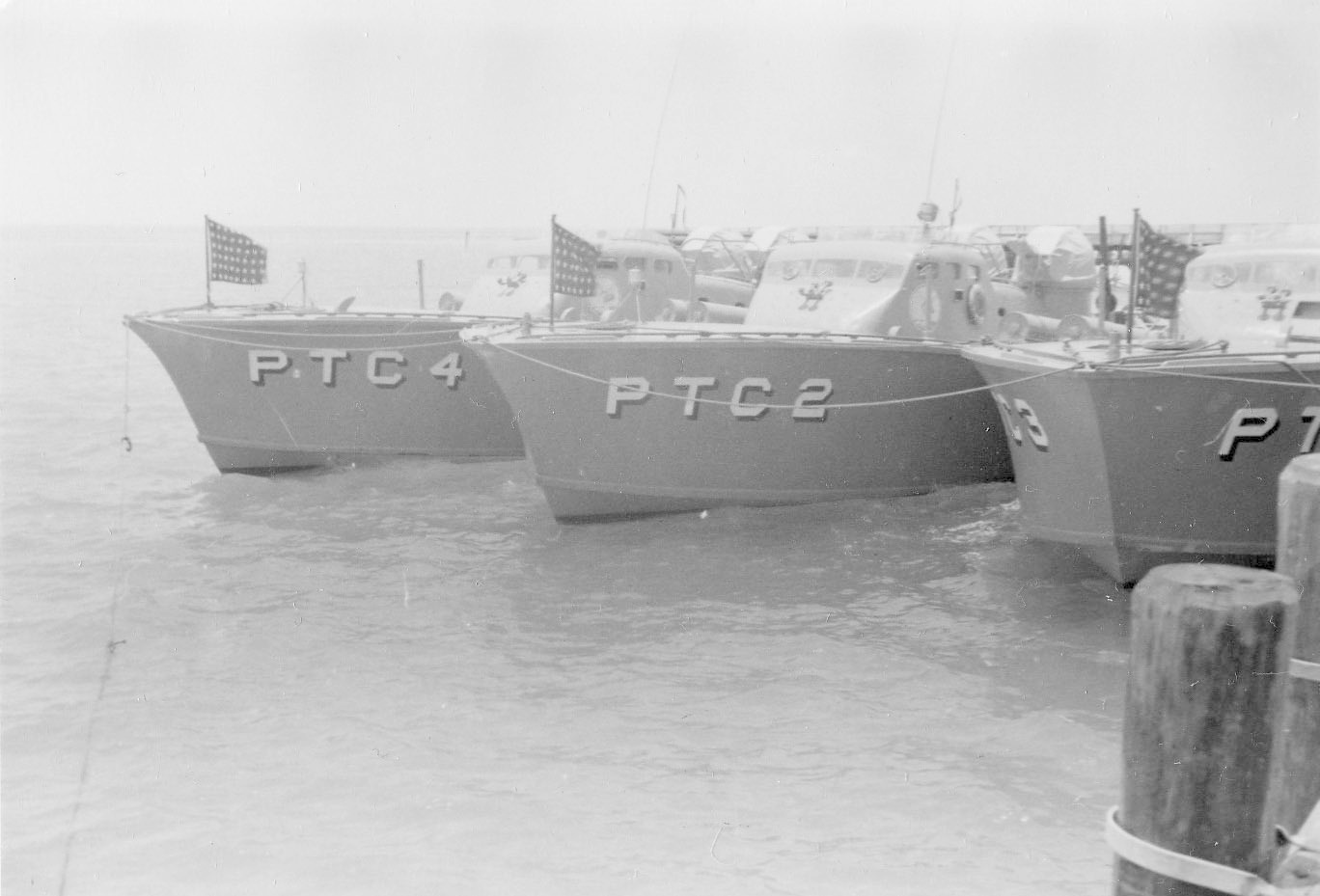 |
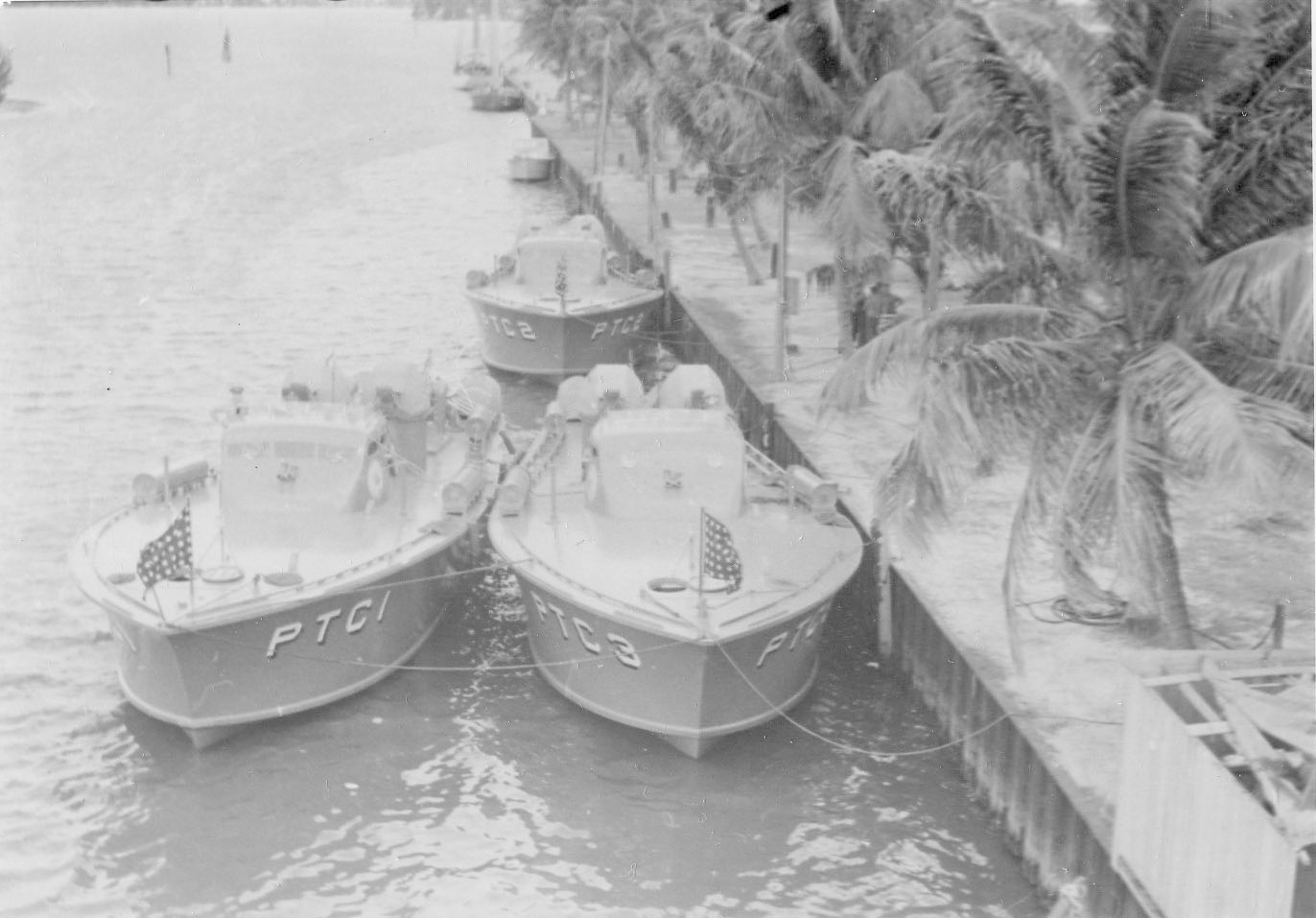 |
None of the sound units worked as intended. While underway, the boats’ Packard engines drowned out the sound echoes of the sound equipment. If the boat lay to in anything but a dead calm, the rocking motion of the boat caused the sonar signals to get lost in the troughs of the waves, because the signals wouldn’t pass through air. The weather also conspired against the tests; the boats continually experienced such heavy seas, with waves six feet or greater, that one boat lost its transducer unit, and another suffered major damage to its pilot house.
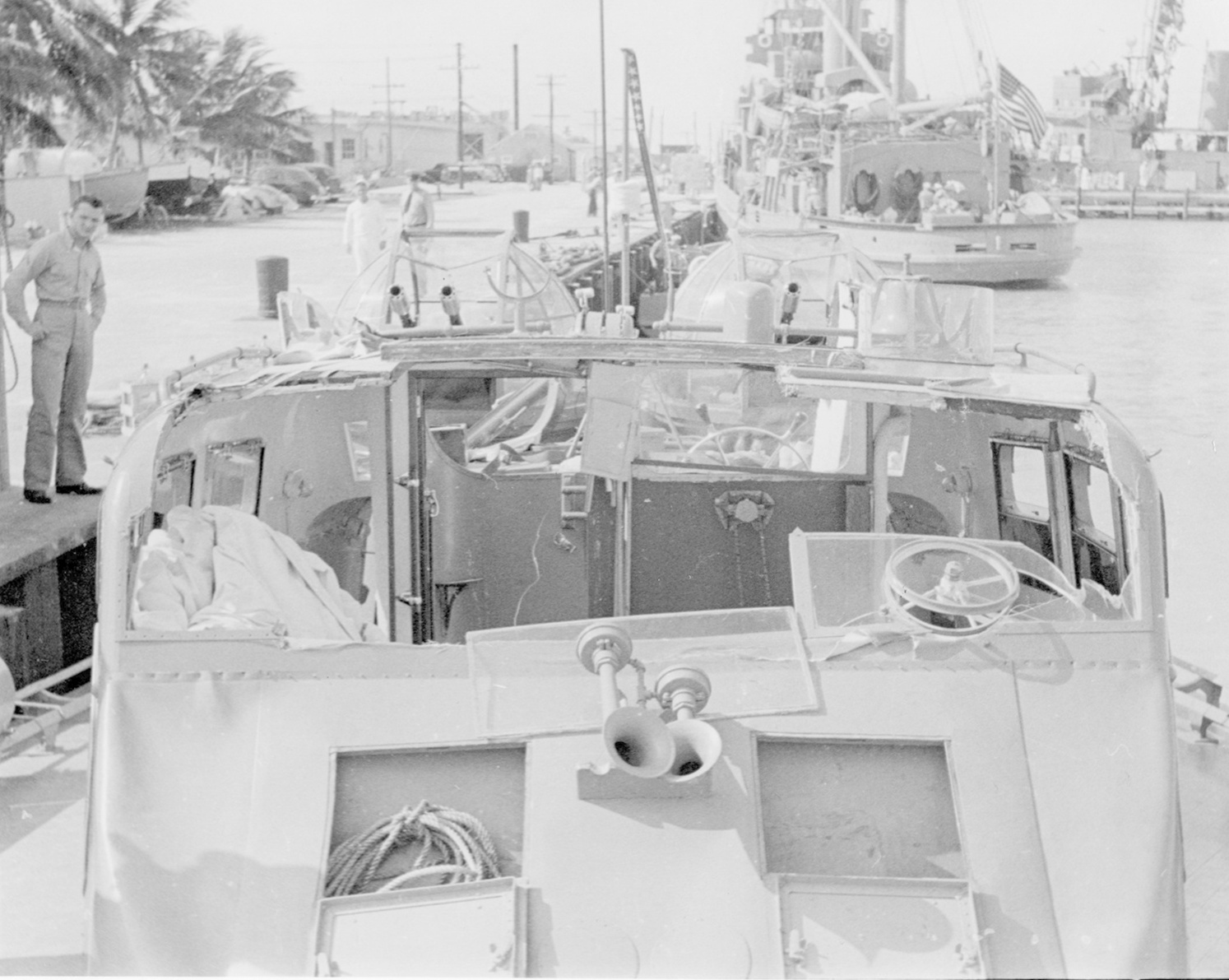
After demonstrating the weaknesses of the PTC concept, the squadron returned to New York in the latter part of June. On July 15, the boats were leased to the Royal Navy, to be converted into MGB’s like their eight sisters. Two days later, Motor Boat Submarine Chaser Squadron One was decommissioned, and its crews integrated into the regular PT squadrons. Some, including Lieutenant Bulkeley, formed the nucelus of Motor Torpedo Boat Squadron Three, commisioned on August 12, 1941 and sent to the Philippines in September.
|
|
|
|
|
|
|
Copyright © 2002-2013 by Gene Kirkland
|